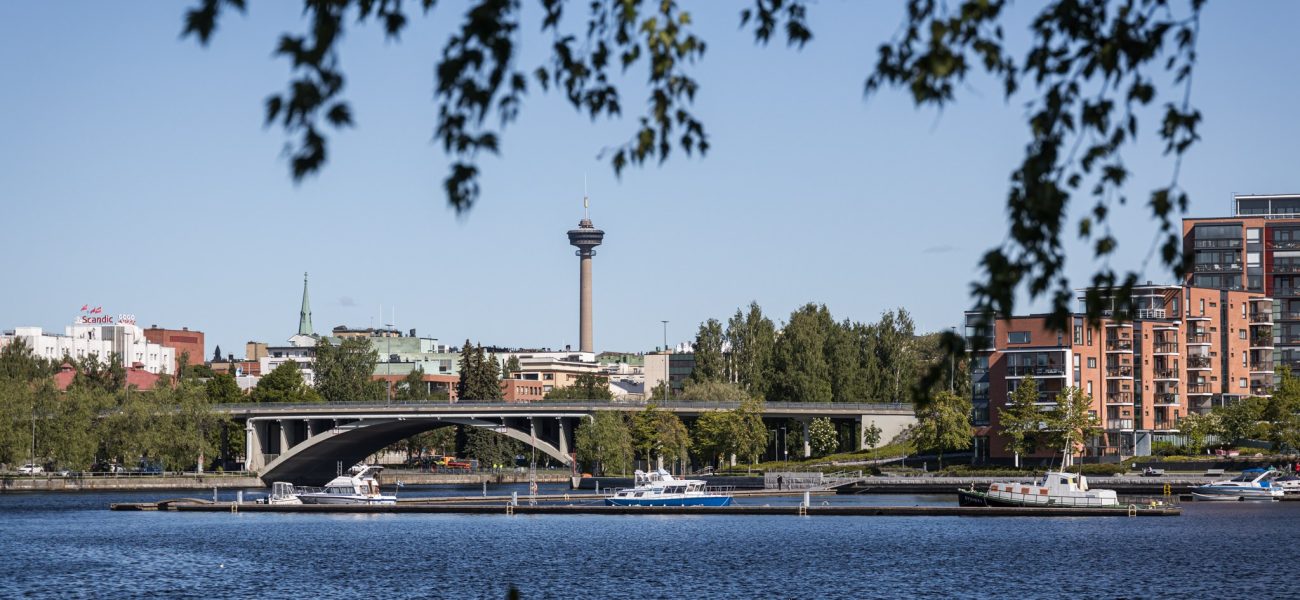I was already familiar with the Maisemareitti trail from a few years ago when the July warmth embraced us with a cloudless sky. Now, in early June, summer was still holding back, and the gloves I was wearing were a necessary accessory in the sunny but rather chilly fair weather.
The Maisemareitti trail follows the shores of Lake Pyhäjärvi in the areas of Tampere, Pirkkala, and Nokia. The length of the trail is approximately 30 kilometres, which makes for a leisurely day trip by bike. You can join the trail at any point, as it is a circular trail.
Our bike trip started from Ratinanranta and followed Viinikanpolku towards Hatanpää. Along the path, you get your first glimpse of the ultimate idea behind the Lakes Trails – to bring beautiful lakes close to the traveler. We Finns sometimes tend to forget the national treasures we live amidst and how beautiful our waters are.
In addition to breathtaking lake views, the Maisemareitti trail offers the opportunity to explore interesting historical buildings and, through them, the eventful events of the past.
In the rose garden of Hatanpää Manor
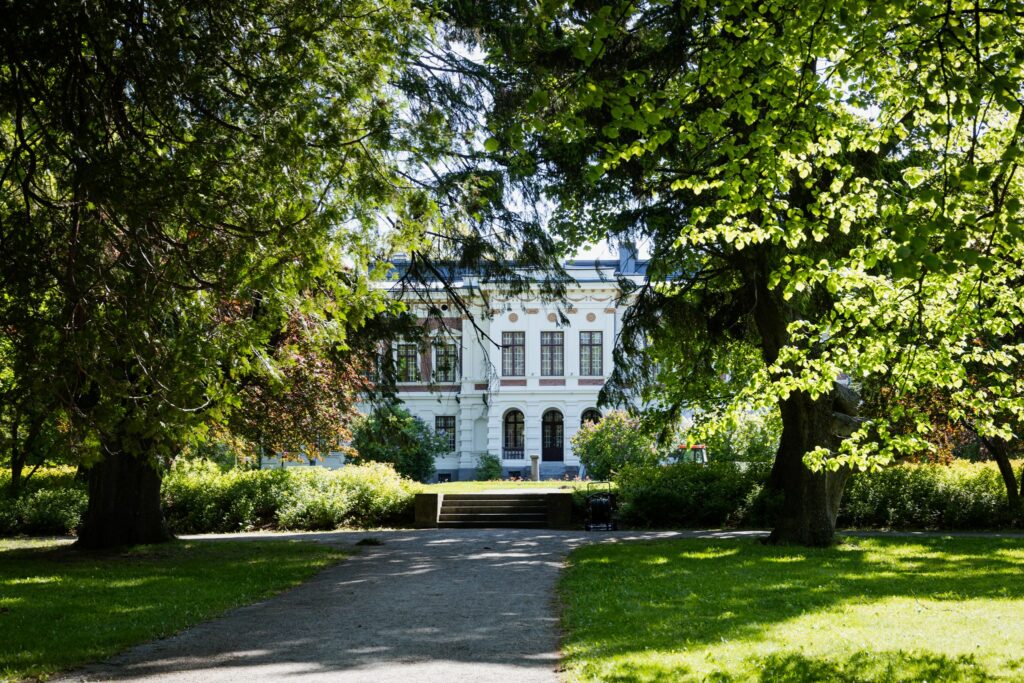
Right at the beginning of the bike ride, we stop at Hatanpää Manor, whose history dates back to the late 17th century when three buildings were combined on the Hatanpää peninsula, giving rise to Hatanpää Manor. The original building burned down, but the main building designed by Sebastian Gripenberg, and completed in 1885, as well as the Gothic villa Villa Idman, built a little later and located next to the manor, have survived to this day.
Hans Henrik Boije established an English-style garden around the manor. He was also involved in the idea of founding a new city on the banks of the Tammerkoski rapids. When King Gustav III of Sweden visited Hatanpää Manor, he gave the order to establish Tampere.
The oldest public monument in Tampere is located in Hatanpää
In the Hatanpää Manor area, near the Hatanpää boat dock, there is a large natural stone known as the Freemason’s Grave. It is Tampere’s oldest public monument. The stone bears a Greek inscription: “Egno Kyrios tous ontas autou,” which translates to “The Lord knows His own” in English. The engraving is believed to date back to the 18th century during the time of the estate owner Hans Henrik Boije and may have been created during King Gustav III’s visit in 1775.
Seela Café operates in the Kestilä Villa

From Hatanpää, the journey continues past the Rantaperkiö beach, heading towards Pirkkala. Judging by the rumbling of our stomachs, it seems like lunchtime is approaching. In Pirkkala’s Rantaniitty, right next to Rantaniitty Beach, there is a beautiful building that was originally factory manager Kestilä’s villa, built in the 1930s. It now houses the Seela Café. Seela offers both savoury and sweet options to satisfy both big and small appetites. The villa itself is cozy and welcoming, and there are seating areas in the garden as well.
Seela Café is just a short distance from the center of Pirkkala, where you can find more lunch options.
The hospital’s chief physician resided in the Pitkäniemi Castle
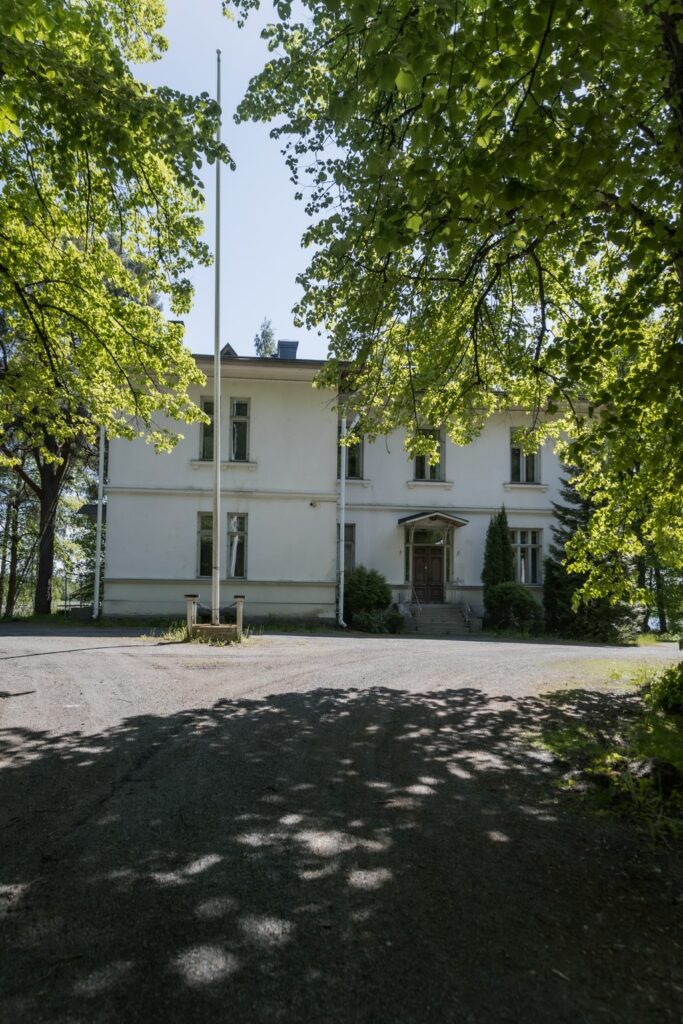
On the other side of the Rajasalmi Bridge lies the Pitkäniemi hospital area. Pitkäniemi Hospital is Finland’s fourth-oldest psychiatric hospital, and the first patients arrived at the hospital in March 1900. Within the area stands a building known as Pitkäniemi Castle, constructed between 1896 and 1899. The building resembles Italian Renaissance villas with its columned terraces. The first floor of the castle contained the reception and common areas, while the second floor housed private quarters. The first chief physician to live in the building was Emil Hougberg, and the last was Aarno Harenko, who lived there with his family until 1983. Pitkäniemi Castle, maintained by the Pitkäniemi Heritage Association, is currently closed.
The castle and its surrounding park are of significant historical value. In the park, there is a nature trail called “Mielipolku,” which features imagination exercises that promote relaxation and mental recovery in a natural setting. The park also includes trees planted in honor of individuals who had an impact on Pitkäniemi Hospital.
The old Pitkäniemi cemetery, which is no longer in use, is located along Sarpatintie, north of Turuntie. Between 1902 and 1964, 426 hospital patients were buried in the cemetery. It mainly served as the burial ground for patients from Pitkäniemi Hospital’s criminal ward and for those under municipal care whose relatives were uncertain or unwilling to transport them to their hometown cemetery.
Pitkäniemi Cemetery is a protected archaeological site, and it is currently maintained by the Pirkanmaa Hospital District, with oversight from the Pitkäniemi Hospital Heritage Association.
Pispala’s stone fence once extended from Lake Pyhäjärvi to Lake Näsijärvi
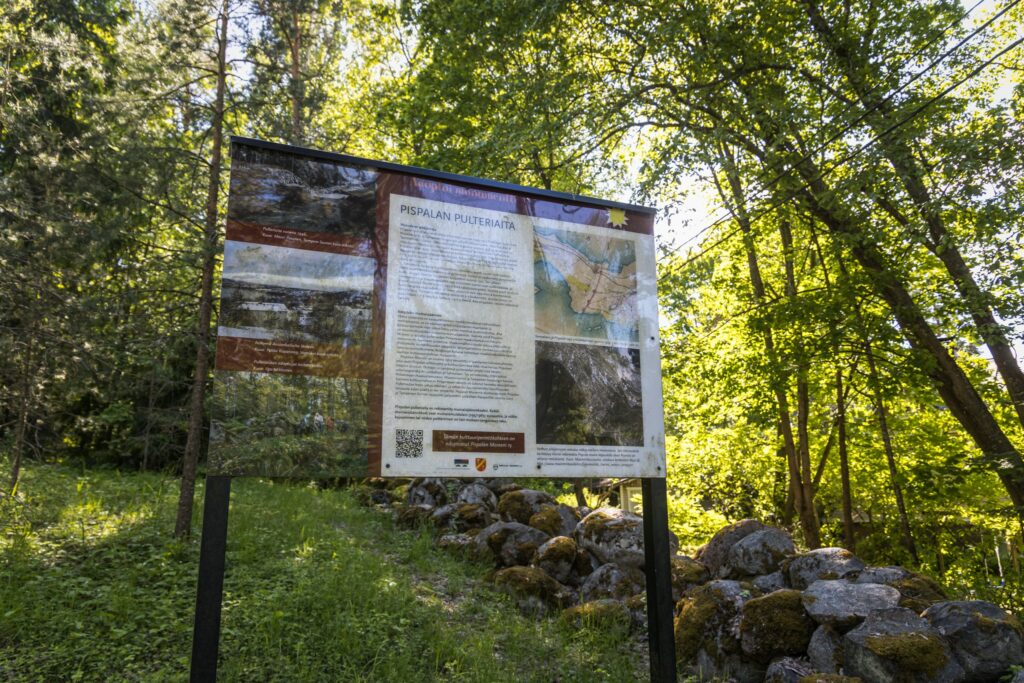
The bike ride continues back to the Tampere side from the hospital, passing through Villilä, Rahola, and Hyhky. At times, you pedal along Porintie, and at times, through the middle of the forest. The Pumpkin House located on the Tahmela shore turns out to be closed, so the plans for a rest stop need to be changed on the fly. A local store in Tahmela becomes the chosen rest stop. Cold ice cream and a refreshment boost our spirits as there aren’t many kilometres left to go. The weather is sunny and warm, even though gloves were still necessary in the morning.
The journey continues along the winding roads of Tahmela and Pyynikki. Through a kind of fortunate coincidence, I come across Pispala’s stone fence on Tahmelankatu, right next to the Tahmela field.
Composed of large stones, the fence was built in the early 1900s as a public works project to mark the village border established in the 1758 land distribution. Previously, there had been a wooden fence structure in its place. The stone fence initially marked the border between the Pirkkala and later North Pirkkala municipalities and the city of Tampere. It was in use until 1937 and was so high that it prevented the passage of livestock. The fence also hindered the trade and water-fetching trips of the residents of Pispala and Tahmela. Women tired of going around the fence eventually forced an opening with an iron bar but were subsequently brought to court and fined for their actions.
In practice, the stone fence extended from Lake Näsijärvi to Lake Pyhäjärvi, but over time, it has gradually deteriorated, and stones have disappeared. The Pispala Moreeni local heritage association has adopted Pispala’s stone fence and has erected an informational sign that tells the history of the boundary line.
Joselininniemi’s measuring booth is named after the restaurateur
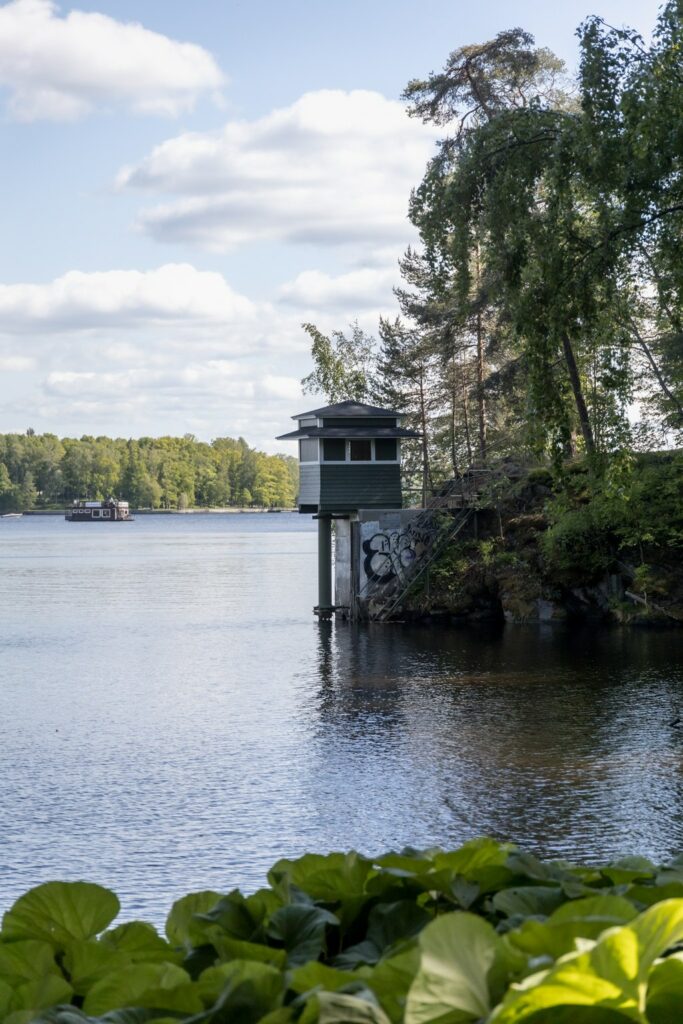
The diverse terrain of Pyynikki can make sweat beads appear on your forehead, but when descending Pyynikintie, your hair dances in the wind. While passing by the Rosendahl hotel and the Pyynikki Summer Theatre, you may inadvertently pass the recently renovated measuring booth at Joselininniemi and the bronze statue of Kultakutri, or at least what remains of it.
Joselininniemi’s measuring booth was refurbished in the spring of 2023. The previous booth had fallen into disrepair. The Harbor Supervisor of the City of Tampere, in collaboration with the Regional Museum, took it upon themselves to construct a new measuring booth. The original booth had contained technical equipment related to measurements, which the new one lacks.
Joselininniemi received its current name from restaurateur Emanuel Joselin (1836–1873), who built a hotel-restaurant at the location in 1867. The restaurant hosted musical and celebratory events, and in the surrounding area, summer rowing and swimming competitions were held, as well as winter skiing and skating competitions.
After Joselin’s untimely death at the age of 36, his wife continued to run the restaurant for over 20 years, until the restaurant’s operations came to an end when the restaurant building was destroyed in a fire. During wedding preparations, a large chandelier in the hall fell to the floor, and the fire that spread from oil lamps burned the building to the ground.
Kultakutri is crowned on May Day
Next to Joselininniemi’s measuring booth, there is a small pond. Sculpted in marble by artist Matti Haupt, Kultakutri was placed here in May 1953. Nowadays, Kultakutri charms visitors on Konsulinsaari island in the Tammerkoski rapids, and on May Day, Tampere’s students crown Kultakutri.
Cruising through the lush Pyynikki shoreline trail, I emerge in Eteläpuisto Park, and I notice that the sunny weather has attracted many mini-golf players to the nearby mini-golf course. The journey continues towards home and the next cycling adventures.


